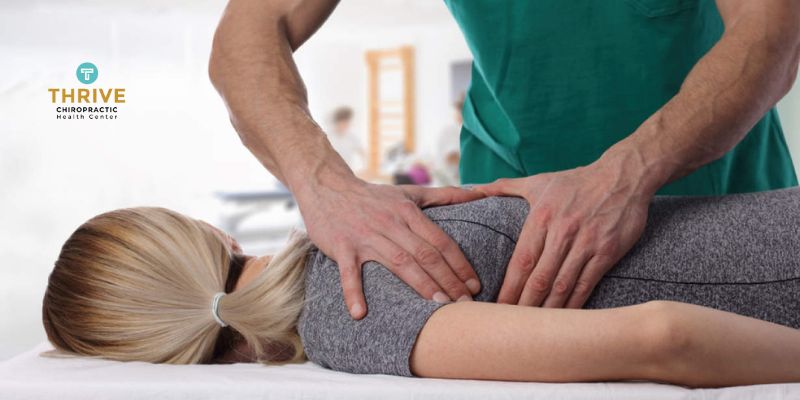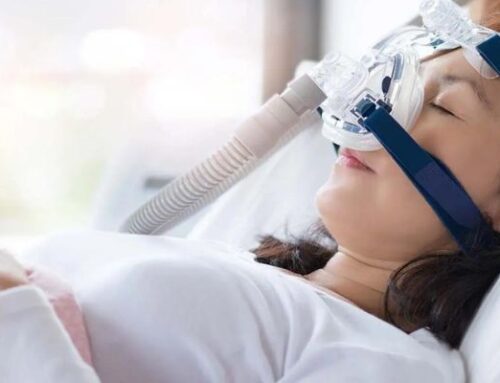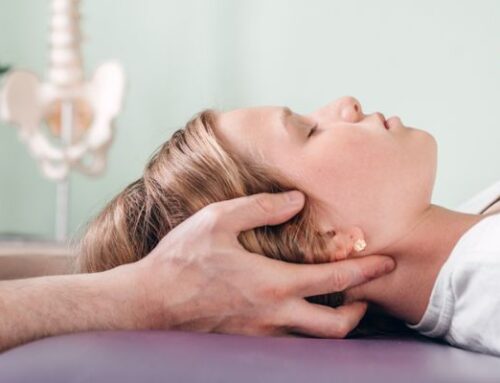Scoliosis is one of those conditions that affects the curvature of the spine. It can be painful and can cause health dangers as well. Chiropractic care can be used to manage the symptoms because it can provide long-term relief compared to other treatment alternatives.
What Is Scoliosis?
Scoliosis is a condition that happens when the spine is abnormally curved. This condition causes discomfort, and pain, and can limit your range of motion. The most common age group for diagnosis of scoliosis is adolescence, but it affects kids as well.
Although it can affect people who have diseases like muscular dystrophy and cerebral palsy, the majority of childhood scoliosis has an unknown cause. Also, the majority of scoliosis cases are mild. However, some curves can get worse as kids get older.
More severe scoliosis may cause severe pain. It may be more difficult for the lungs to work properly if there is less space in the chest as a result of a particularly severe spinal curve.
Chiropractic care is a non-invasive alternative that has been shown to provide relief and improve spinal alignment, in contrast to the traditional treatments that are frequently prescribed, such as bracing and surgery.
Causes Of Scoliosis
The vertebrae in a typical spine are arranged neatly on top of one another, separated by a disc of cartilage. Your vertebrae benefit from the flexibility and cushioning provided by this cartilage when you move.
But in scoliosis, the spine curves abnormally. Each vertebra tilts to one side, not like a neat stack of blocks. Generally, scoliosis may result from additional conditions like:
- Congenital scoliosis: Congenital refers to a condition that exists from birth. Scoliosis occurs if the spine’s bones grow improperly as the fetus develops, though it is uncommon to have it at birth.
- Neuromuscular conditions: The muscles and nerves are affected by this condition. They include muscular dystrophy, poliomyelitis, and cerebral palsy.
- Specific genes: According to scientists, at least one particular gene plays a part in the progression of scoliosis.
- Syndromic scoliosis: Medical conditions like Marfan’s syndrome or neurofibromatosis can cause scoliosis to develop.
- Leg length: A person’s potential for developing scoliosis can be impacted by an imbalance in their leg length.
- Osteoporosis: Bone degeneration from osteoporosis may lead to the development of secondary scoliosis.
- Other causes: Other causes of spinal curvature may include connective tissue disorders, carrying satchels or backpacks, poor posture, and some other injuries.
Potential Problems of Scoliosis
Even though most scoliosis sufferers have a mild form of the condition, there can occasionally be potential problems such as:
1. Aside from unbalanced shoulders, hips, ribs, and a shift of the waist and trunk to one side, scoliosis can also result in more obvious changes as it progresses. The appearance of those with scoliosis frequently causes sufferers to feel self-conscious.
2. When scoliosis is severe, the rib cage can push on the lungs, making breathing more challenging.
3. People who developed scoliosis as adults may be more likely to experience chronic back pain later in life, especially if their spinal curves were severe and untreated.
Managing Scoliosis with Chiropractic Care
Individuals with scoliosis can get chiropractic care to help with the symptoms of the condition. If you are diagnosed with scoliosis, here is how chiropractic care provides long-term relief:
1. Improved posture
An asymmetrical posture is among the most obvious signs of scoliosis. This may result in a sideways curve in the spines, a prominent shoulder blade, or lopsided shoulders. Chiropractic treatment focuses on enhancing spinal alignment, which can help correct postural imbalances caused by scoliosis.
One of the most prevalent problems scoliosis sufferers face is postural problems. Consider contacting a chiropractor who can help you improve your posture because doing so might make you more comfortable at school or work.
2. Acute and chronic pain relief

Due to the unequal pressure placed on the spine and surrounding muscles, scoliosis can result in severe discomfort and pain. Chiropractic adjustments, that involve manipulating the spine, can ease pain by lowering inflammation and enhancing spinal alignment.
One of the most frequent problems scoliosis sufferers deal with is pain, which can lower their level of well-being in general. Consider meeting with a chiropractor for help if you want to stop experiencing scoliosis-related discomfort without using opioid or narcotic medications.
3. Enhanced mobility
Your range of motion may be restricted by scoliosis, making it challenging for you to carry out daily tasks and engage in physical activity. By easing muscle tension and enhancing joint flexibility, chiropractic adjustments can help in enhancing mobility.
To further maintain proper spinal alignment and improve mobility, chiropractors may also suggest particular stretches and exercises in addition to spinal adjustments. This is a good choice if you want to regain your range of motion and improve your flexibility. It will also make it easier for you to take part in physical fitness routines and activities.
4. Non-invasive treatment option

Traditional methods of treating scoliosis, such as surgery and bracing, frequently involve invasive techniques. These techniques can be expensive and require lengthy recuperation times. A non-invasive alternative, chiropractic care focuses on improving spinal alignment and symptom relief without resorting to surgery.
Chiropractic treatment can help enhance posture, manage pain, and increase mobility while correcting severe spinal curvatures, giving patients a higher quality of life. Consider seeing a chiropractor if you’re looking for a scoliosis treatment option that has the fewest side effects possible.
Conclusion
Scoliosis management through chiropractic care is a promising non-invasive option. It can significantly reduce pain, enhance mobility, and improve posture, all of which can improve a scoliosis patient’s quality of life. However, it may not completely correct severe spinal curvatures. For lasting relief, consider meeting a chiropractor for help.












